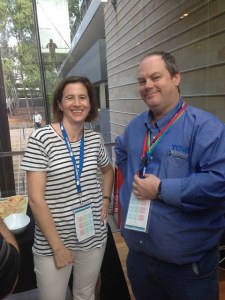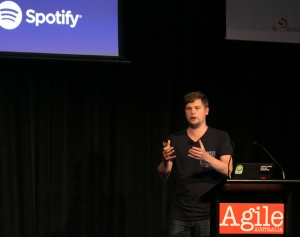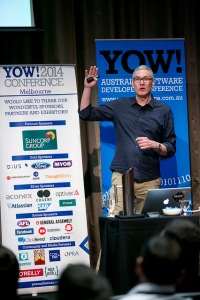 Craig is at YOW! Conference and catches up with Anne-Marie Charrett who is well known in the testing community as a trainer, coach and consultant but also for her support of the community:
Craig is at YOW! Conference and catches up with Anne-Marie Charrett who is well known in the testing community as a trainer, coach and consultant but also for her support of the community:
- Don Reinertsen talk “Thriving in a Stochastic World“
- Context-Driven Testing
- Testing is a verb – it’s a doing thing and not an output, but the challenge is you cannot see doing
- Anne-Marie’s class in Exploratory Testing
- Where there is risk and failure, there is a job for testing
- Exploratory testing – the key is feedback and using the learning to feedback into the next test
- Agile testing – don’t try and test everything and don’t try and automate everything either, rather adopt a risk based approach
- Unit testing – the usefulness depends on the programmer and the context and figuring out what you are trying to achieve
- Sydney Testers Meetup
- Speak Easy – Speak Easy is a voluntary program designed to increase diversity in tech conferences through dedicated conference spots, mentoring and events
- YOW! WIT Program
- WorkVentures – training marginalised youth
- Testing challenges include microservices (the risk of bounded context and breaking things down and missing the whole) and working together as developers and testers
- James Lewis podcast “Episode 120: Microservices & The Lean Enterprise with James Lewis“
TheAgileRevolution-124 (39 minutes)





